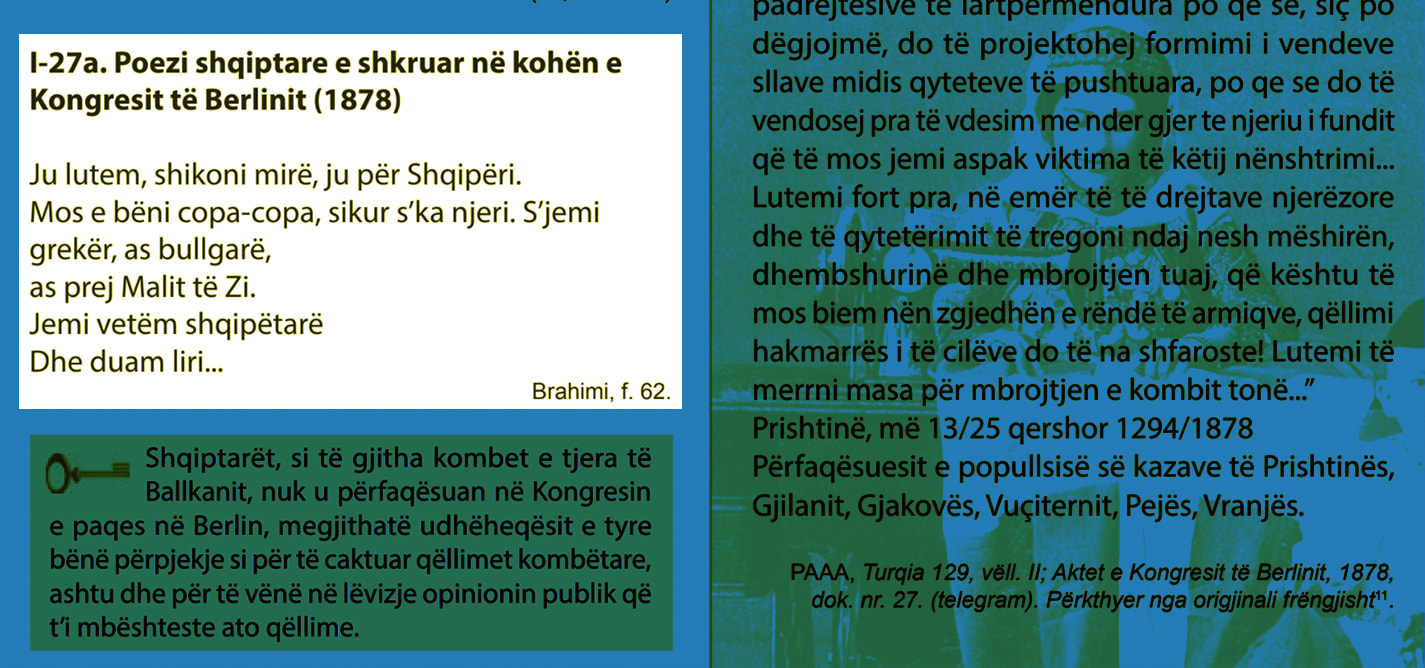
The volume “Nations and States in Southeast Europe” disregards the massive expulsion of Albanians from the Sandzak of Niš
The “Joint History Project”: A five-part critique on the (mis)representation of Albanians in alternative history books.
|24.09.2020
|
The information provided might reinforce the prejudices that peoples of the region may have about Albanians.
Only a year and a half after the establishment of the League of Prizren, it approved the autonomy program, and after almost three years, it declared it would commit to full independence.
Konica sought financial support to publish the newspaper “Albania”and some brochures, as well as to open schools teaching in the Albanian language and form associations.
The chapter lacks writings by a Kosovo personality about being Kosovar, explanations about the meaning of the Kosovo flag, the national anthem, and the origin of the Kosovo emblem.
A summary of exclusions

Shkëlzen Gashi
Shkëlzen Gashi studied Political Sciences at the University of Prishtina and Democracy and Human Rights on the joint study programme of the Universities of Bologna and Sarajevo for his Master’s degree. He is author of many publications (books and articles). In 2010 he published the unauthorized biography of Adem Demaçi (available in English), who had spent 28 years in Yugoslav prisons. Recently, he has published many articles about the presentation of the history of Kosovo in the history schoolbooks in Kosovo, Albania, Serbia, Montenegro and Macedonia. Also, he is writing a biography on Ibrahim Rugova, the leader of the Albanians in Kosovo from 1989–2006.
This story was originally written in Albanian.